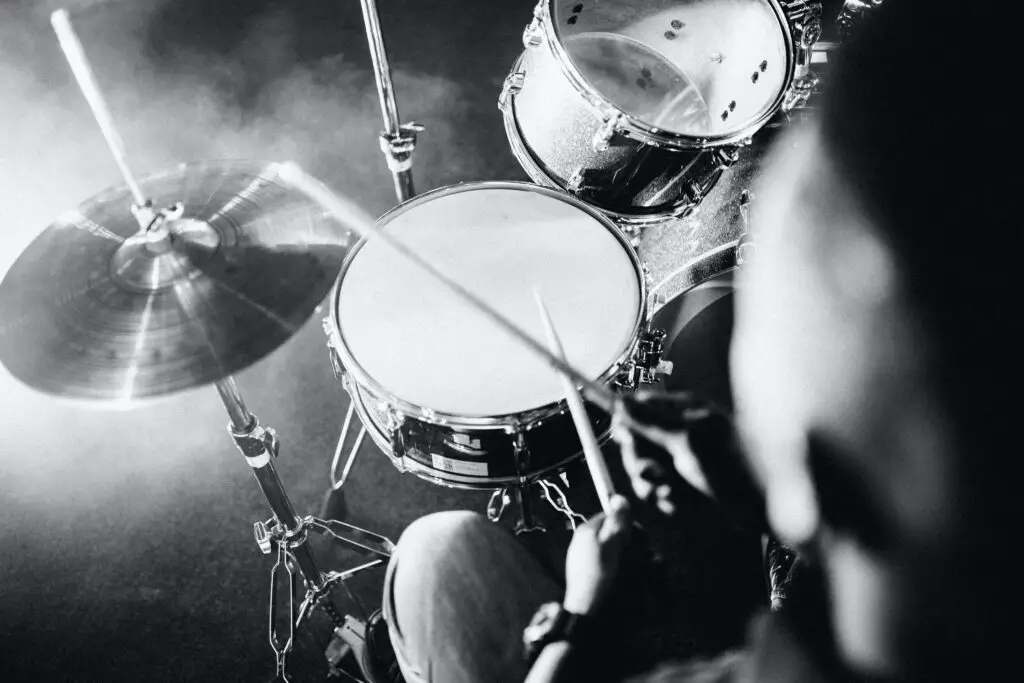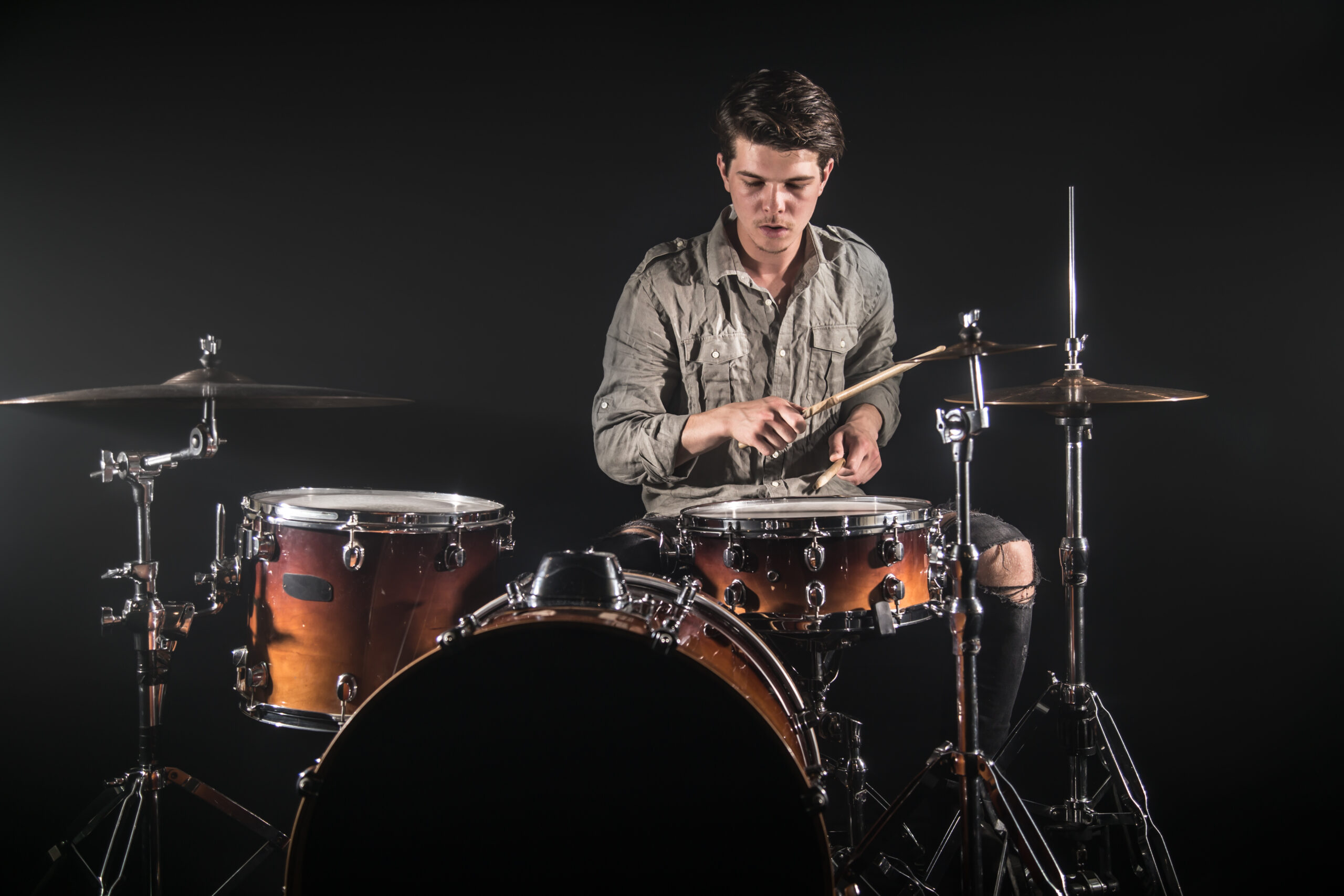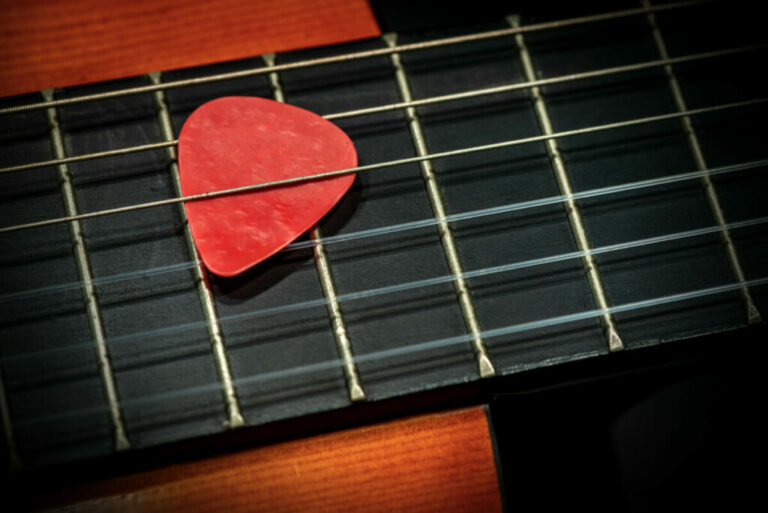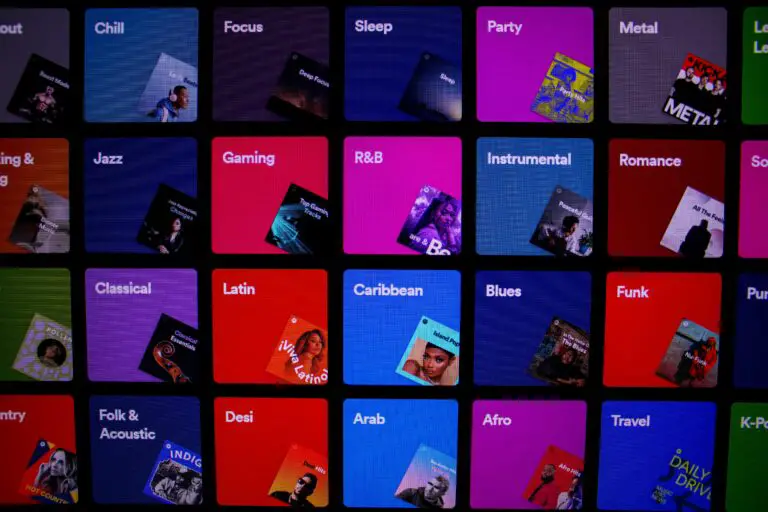Why Do Drummers Cross Their Arms While Playing?
Ever watch a drummer and think, “Why do drummers cross their arms? Isn’t that, like, extra work?” You’re not alone!
The crossed-arm technique has many of us scratching our heads, pondering why drummers choose complexity over simplicity.
But hey, there’s more to this arm-tangling method than meets the eye. Let’s break it down together, shall we?
Definition of Crossed-Arm Technique
So, in the world of drumming, there’s this thing where drummers cross their arms while they play.
One arm, usually the dominant one, swings over to hit a cymbal (that’s the hi-hat) on the opposite side, while the other stick keeps busy with the snare drum.
Yes, it might seem like they’re making life difficult for themselves, but there’s a whole backstory and a bunch of cool reasons why they do it!
The primary reason that drummers cross their arms is so that their primary hand can keep rhythm with the hi-hat, but a lot more goes into this strategy.
Brief Overview of Its Historical Context
Believe it or not, this whole crisscross action has roots that go way back – we’re talking marching bands from days gone by.
It’s not just a showy move to impress the crowd (though it does look pretty awesome). The crossed-arm style has been bopping around through various musical eras, turning from a functional necessity into a slick signature of percussive style and swagger.
Stick with us (pun intended!) as we dive into the ins, outs, whys, and hows of crossed-arm drumming.
From the surprising history to the nitty-gritty of being a drummer, we’re going on a rhythmic adventure that explores all the beats and bars of this fascinating technique.
Main Reasons Drummers Cross Their Arms While Playing
Alright, let’s dive into the heart of the matter: why do drummers cross their arms when they play?
It looks cool, sure, but there’s a whole lot more behind this intriguing physical twist.
From ergonomic considerations to deeply embedded traditions, drummers’ arms cross paths (literally) for several compelling reasons.
Ergonomic Comfort and Muscle Memory
Counterintuitive as it might seem, for many drummers, the crossed-arm technique actually feels quite natural and comfortable.
It’s all about ergonomics – designing the drum setup and playing style to suit the human body. The right arm crossing over to the hi-hat (for a right-handed drummer) and the left striking the snare can feel pretty comfy once you get the hang of it.
Plus, decades (or even centuries!) of this playing style means that muscle memory has been passed down through generations of drummers.
Tradition and Historical Evolution
The crossed-arm style is not just a technique; it’s a tradition.
Originating from the classic drumming techniques of marching bands of the past, this method has become deeply entrenched in the world of drumming.
Historical setups of drum kits were designed in such a way that crossing arms were practically a necessity, and while kit designs have evolved, the tradition has firmly held its ground.
Aesthetic Appeal and Stage Presence
Let’s not ignore the obvious: it looks pretty darn cool!
The arm crossing adds a visual spectacle and a certain flair to a performance.
Drummers are not merely musicians but performers, and the visual element of their playing style can be just as important as the auditory.
The crossed arms become a dynamic, rhythmic dance, contributing to a drummer’s stage presence and the overall visual appeal of a live performance.
Influences from Renowned Drummers
Think about some of the greats: Ringo Starr, John Bonham, or Buddy Rich.
These iconic drummers often embraced the crossed-arm style, and their profound influence on the drumming community cannot be overstated.
New drummers model the legends, perpetuating the style through generations, sustaining a cycle where the old informs the new, keeping traditions alive.
Adaptation to Standard Kit Setup
Modern drum kits are commonly set up in a way that accommodates (and some might argue, encourages) the crossed-arm playing style.
The high hat is typically placed to the left of the snare, promoting a natural pathway for the dominant hand to cross over. I
t’s kind of a “if it ain’t broke, don’t fix it” situation where the tried-and-true layout of the drum kit continues to support this classic playing style.
Through exploring each of these elements, we understand that the crossed-arm technique isn’t just a whimsical choice but a practice shaped by history, ergonomics, aesthetics, and cultural influences.
It’s a multifaceted tradition, where practicality dances with spectacle, and past teachings inform present practices.
And as we delve further into the drumming world, these intricate tapestries of reason and rhythm will continue to surface in enthralling and unexpected ways!
Alternative Drumming Techniques
As the rhythmic backbone of myriad musical genres, drumming encapsulates more than merely striking surfaces with sticks.
There’s a rich tapestry of techniques and setups that drummers employ to manifest their musical vision.
While the crossed-arm approach holds its prominent place, various alternative techniques and setups beckon drummers with the promise of diversified rhythms and stylistic expressions.
Open-Handed Playing
Meet the other side of the coin: open-handed playing. This technique involves the drummer hitting the hi-hat (or ride cymbal) and the snare drum without the arms crossing, each hand sticking to its own side of the kit.
Not only does this method offer ergonomic benefits for some, it often enables drummers to explore additional components on the drum kit with increased ease.
Drummers like Billy Cobham and Carter Beauford have popularized this style, demonstrating that breaking from tradition can lead to innovative rhythmic expressions and perhaps, a more ambidextrous approach to drumming.
Electronic Drum Kits and Modern Adjustments
The advent of electronic drum kits has dramatically shifted the drumming landscape, offering unprecedented flexibility and variety in sound production.
With pads that can be assigned any sound (from traditional drums to synthesized tones), drummers can innovate and experiment with their rhythmic narratives in groundbreaking ways.
The ergonomic layout of electronic kits can also be vastly customized, allowing drummers to create a setup that complements their physical comfort and playing style, potentially diminishing the necessity to cross arms and explore spatially efficient setups.
Incorporation of Percussion Instruments

Merging the classic with the eclectic, some drummers augment their setups with diverse percussion instruments to infuse additional textures and colors into their rhythmic pallet.
Congas, bongos, timbales, and various hand percussion instruments can be integrated into the traditional drum kit, inviting drummers to explore a world beyond sticks and standard kits.
This incorporation often necessitates alternative playing techniques and hand drumming, offering a rich tapestry of sound that stretches beyond conventional drumming methodologies.
Artists like Sheila E. and Alex Acuña have masterfully integrated various percussion instruments into their setups, weaving complex rhythmic tapestries that transcend stylistic boundaries.
Crossed-Arm Technique Across Various Musical Genres
The crossed-arm technique, while initially birthed from a specific historical and functional context, has cascaded across various musical genres, each appropriating and transforming the method to resonate with its unique rhythmic nuances.
From the breezy whispers of jazz brush playing to the potent backbeats in rock, and the intricate poly-rhythms of fusion, let’s explore how this classic drumming style articulates itself within different musical landscapes.
Jazz and the Art of Brush Playing
Jazz, with its sultry whispers and subtle rhythmic complexities, holds a special place for the crossed-arm technique, particularly when it comes to brush playing.
Utilizing brushes allows jazz drummers to create a softer, smoother sound, and the crossed-arm technique can introduce an additional layer of visual and auditory subtlety.
Drummers like Gene Krupa and Jo Jones adeptly melded the visual aesthetics of crossed-arm playing with the gentle sway of brush strokes, enhancing both the visual and auditory spectacle of live performances.
This technique has not only navigated through the dynamic and soft passages of jazz but also become synonymous with the genre’s delicate yet intricate rhythmic tapestry.
Rock and the Power of Backbeats
In the rock arena, where the drums often assert a potent and driving presence, the crossed-arm technique lays down powerful backbeats and a hearty dose of visual flair.
Legendary rock drummers like John Bonham and Keith Moon adopted the crossed-arm style, translating the ergonomic and traditional aspects of the technique into a robust and vibrant rhythmic framework.
In rock, the technique not only provides a steady rhythmic foundation but also complements the genre’s energetic and often rebellious aesthetic, intertwining functionality with a vibrant stage presence.
Fusion and the Complexity of Poly-rhythms
Embarking into the eclectic realm of fusion, where diverse musical elements coalesce, the crossed-arm technique engages with complex poly-rhythms and varied stylistic influences.
Fusion drummers like Dave Weckl and Billy Cobham navigate through multifaceted rhythmic landscapes, employing the crossed-arm style to negotiate between traditional kit playing and the exploration of innovative rhythmic structures.
The technique, in this context, becomes a conduit through which drummers express intricate rhythms while maintaining a visual continuity that harkens back to traditional playing styles.
Final Thoughts
Through our deep dive, we’ve discovered that the crossed-arm technique isn’t just about looking cool—it’s got history, it’s practical for some, and it’s got a touch of that classic drummer flair.
But as music keeps evolving, so does the way drummers approach their kits. Whether it’s the old-school charm of crossed-arms or the new beats of modern styles, it’s all about finding that personal groove and rolling with it.








